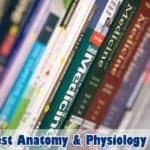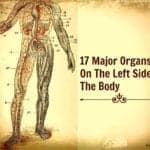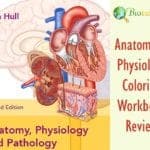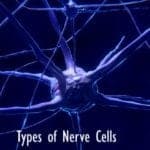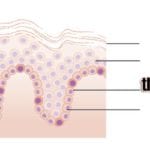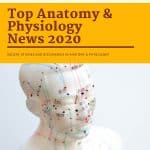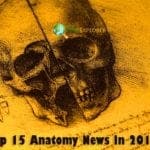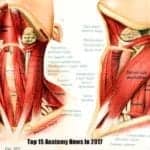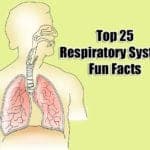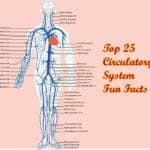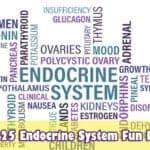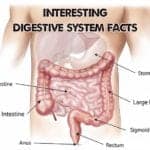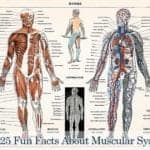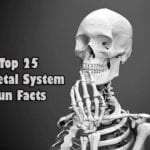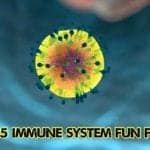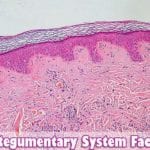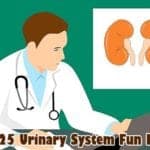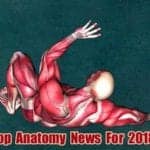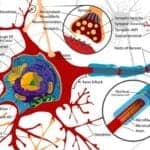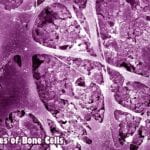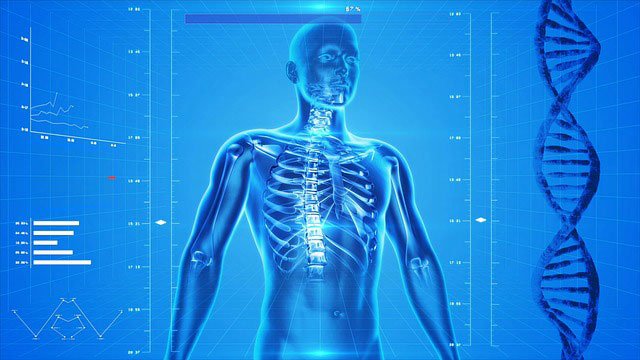
Anatomy is a branch of science concerned with the study of structure in animals, human beings and living organisms. Human anatomy is a segregated subject of study.
Anatomy of any living orgahnisms other than the human body is termed as ‘Zootomy’. Speaking of living organisms, plants are also classified as living objects.
However, instead of referring to the anatomy of plants as Zootomy, it is known as Phytotomy. In general, the term ‘Anatomy’ is coined from two Greek words ‘Ana‘ and ‘Tome‘ meaning “up” and “a cutting“.
Earlier, anatomy was virtually understood as dissection. However, researches and studies have remodeled the concept of anatomy over the decades, defining dissection a crucial part of the anatomy and not the subject as a whole.
14 Best Anatomy and Physiology Books
17 Major organs on left side of body
Best Anatomy and Physiology Coloring Workbook Review
Explore Different Types of Nerve Cells
Explore The Cells of The Epidermis
History of Anatomy
Top 10 Anatomy/Physiology News in 2020
Top 15 Anatomy & Physiology News In 2019
Top 15 Anatomy & Physiology News In Innovations & Breakthroughs For 2017
Top 25 BEST Respiratory System Fun Facts
Top 25 Circulatory System Fun Facts
Top 25 Endocrine System Fun Facts
Top 25 Fun Facts About The Digestive System
Top 25 Fun Facts About The Muscular System
Top 25 Fun Facts About The Skeletal System
Top 25 Immune System Fun Facts
Top 25 Integumentary System Facts (Skin Fun Facts)
Top 25 Reproductive System Fun Facts
Top 25 Urinary System Fun Facts
Top 26 Anatomy & Physiology News in 2018
Top 38 Fun Facts About The Nervous System
Types of Bone Cells
Types of Anatomy
Since anatomy is elucidated as the identification of physical structures in living things, it is broadly classified into two categories. Let us quickly take a look at these categories and understand the concept well.
- Gross Anatomy – Better known as Macroscopic anatomy, gross anatomy refers to the study of biological structures that are easily viewed with naked eyes. Sometimes gross anatomy is also called topographical anatomy. Parts of the body like heart, bones, eyes, and lungs are very much visible to our naked eyes. The study of such structures defines the concept of gross anatomy. Speaking of study, the concept of dissection ropes in. In anatomy, cutting open a human cadaver to observe and record structural details is easy. However, in gross anatomy, studies can be performed using non-invasive procedures. For example, in Endoscopy, a simply tube is inserted into the body fitted with a camera in the end. This is enough to observe the physical structure of the living organism inside. X-Ray, Angiography and MRI (Magnetic Resonance Imaging) are other examples of performing gross anatomy using non-invasive methods.
- Microscopic Anatomy – Right as the name suggests, microscopic anatomy deals with the study of cells and tissues of living organisms that are impossible to be viewed with naked eyes. Since learning about tissues and cells require procedures like sectioning or cutting up the tissue in small, delicate slices and staining to enhance the color of the tissues and cells for better distinguishing, microscopic anatomy is also called histology. The study of cells under microscopic observation is often termed as cytology.
![]()
Careers Associated with the Study of Anatomy
- Doctors and Medicinal Professionals
- Histotechnicians
- Biomedical Scientists
- Teachers
- Forensic Investigators
- Archeology
![]()
Cite This Page
Resources
Here are the excellent resources on anatomy from around the web.
Anatomy of the Human Body
Gray, Henry. 1918. Anatomy of the Human Body. Link
Anatomy and Physiology Encyclopedia
Encyclopedia resource provides articles on topics covered under Anatomy and Physiology. Link
Anatomy Module List
Homepage for the University of Washington Department of Radiology, with online textbook, teaching files, anatomy learning modules, and continuing medical education (CME). Link
Anatomy of the Pelvis and Perineum
Illustrates the anatomy of the pelvis and perineum through fluoroscopic imaging. Link
Atlas of Human Anatomy in Cross Section
A color atlas of cross sectional anatomy in the axial plane which serves as an anatomic reference text. Link
Echocardiography
Cardiac Infarct, Arterial Hypertension, Gallery of images from echocardiography, join of all texts to facilitate its interpretation. Capture, processing and visualization of medical images. Link
Echocardiography Tutorials
Simple, easy to understand tutorials on echocardiography. Link
Histology of skeletal, neural and vascular tissue.
Bone, primary visual cortex and blood vessel cells are highlighted in relation to skeletal metabolism, vision and processing of the visual scene by the brain and vascular histopathology respectively. Link
Histology-World!
A comprehensive, fun and entertaining site devoted exclusively to histology. Learning histology was never so enjoyable! This site includes histology quizzes, histology games, slides, mnemonics, histology puzzles and tons of information about histology. One of the best histology sites on the internet! Link
Human Anatomy Online – InnerBody.com
The place for fun, interactive and educational views of the human body. Link
National Biological Labs
The models offered by National Biological Labs to the health science professionals, educational institutions, and law fields, are the finest available. Link
The Digital Anatomist Project
The Digital Anatomist Project is motivated by the belief that anatomy is the basis of all the biomedical sciences (including clinical medicine). Manifestations of health and disease can be regarded as attributes of anatomical structures ranging in size from molecules to body parts. Therefore our goal is to represent anatomy in a comprehensive and consistent way, which should meet the needs of all biomedical applications that require anatomical knowledge. Link
The Visible Human Project
The Visible Human Project is an outgrowth of the NLM’s 1986 Long-Range Plan. It is the creation of complete, anatomically detailed, three-dimensional representations of the normal male and female human bodies. Link
Three dimensional medical reconstruction
This is a collection of movie clips, showing various medical reconstructions. These images are derived from slice data from a variety of medical image modalities such as MR or CT. The two-dimensional slice data from these scanners is used as input for the three-dimensional reconstructions. Link
![]()


